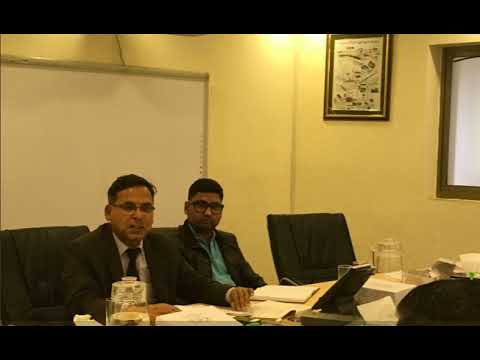
(Case Study Summary)
(The 5th International Conference on Federalism, Ethiopia, 14 to 16 December 2010)
Nepal is writing a new constitution for itself. For this purpose, an interim constitution has been enacted. This creates an elected Constituent Assembly as the sovereign body to do this work. There is no limitation to the power of the constituent Assembly whatsoever. The monarchy system has been revoked, and the country has been declared a federal democratic republic. Yet, the prospect of completing the process is not without challenges.
At the outset, it must be stated that the Constituent Assembly, a very representative body of Nepalese people, has already completed 27 out of the 36 months mandated for it to do its job. This is the most representative assembly that Nepal has ever seen. As the first inclusive body to represent Nepal’s multi-religious, -lingual and -ethnic communities, it is a mosaic of Nepali diversity and pluralism.
This House is to restructure the state, establish the identity of indigenous communities and minority groups, end all discrimination based on ethnicity, language, culture and religion, and regional diversity, end all forms of feudalism, and establish a new Nepal. As a prelude, the 1990 Constitution was withdrawn; an interim constitution was enacted declaring Nepal to be secular. (This had little check and balance when compared with the constitution that it replaced.) The Fourth Amendment to the Interim Constitution even declared the country to be a federal set-up, before any discussion on the issue took place in the House. No sooner had the first meeting of the Constituent Assembly taken place than it abolished the monarchy and gave 15 days to the king and his family to leave the Narayanhiti Palace.
Yet, the Constituent Assembly has not been able to make much progress. There are extreme ideological gaps between the major political parties. In particular, the position of the Communist party of Nepal (Maoist), which is by far the largest party in the house, differs greatly on constitutional issues with other major parties on the forms of government, exercise of judicial powers and ethnicity-based federal arrangements. Ethnic demands are running high within all parties. The support for democratic values is becoming weaker.
All of this has affected stability and the ability of the Constituent Assembly to take decisions in the larger interest of the country.
The Constituent Assembly is also under the shadow of Nepal’s two mighty neighbours, China and India. The impact of external forces on the Constituent Assembly and on federalization in Nepal could be summarised as follows:
The northern neighbour of Nepal, China, is 65 times bigger than it, in terms of land mass. Similarly, India, which surrounds Nepal from the south, east and west, is 22 times bigger.
China does not have a federalist system of government, although, with deepening reform and openness, China’s central/local relation is increasingly functioning on federalist principles. India is a “union” of states and has organised itself along federal lines, but gives the residuary power to the centre. In any case, the central government in both these countries traditionally exercises more power than states or provinces. Neither of these countries has expressed whether it wishes Nepal to be federalized or not.
Nepal is also a place in which western countries have a variety of interests. The United States, and Nepal’s traditional ally, the United Kingdom, certainly have their own opinion about the state of affairs in Nepal. While the China threat is commonly understood, they also want Nepal here as a buffer between these two Asian giants. The European Union and Scandinavian countries are also development partners of Nepal. They all have been supportive of the federalization policy as well – although the international community has not given its opinion on what sort of federalism would be good for Nepal.


